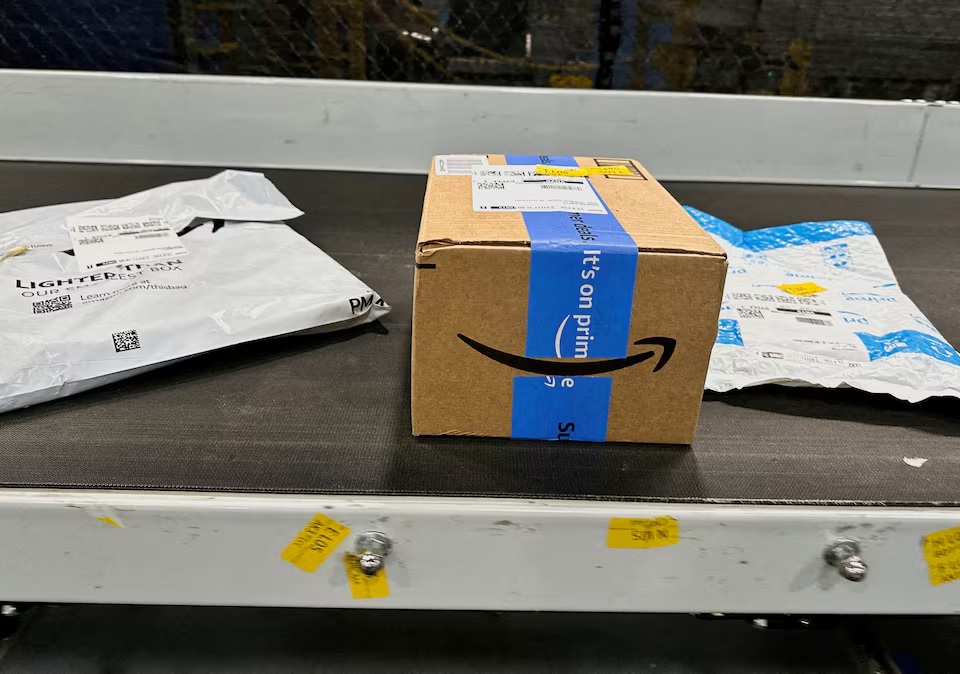U.S. shoppers are expected to spend a record $23.8 billion during this year’s extended 96-hour Amazon Prime Day event (July 8–11), according to Adobe Analytics. The forecast marks a 28.4% surge compared to 2023’s two-day sales window, which generated $14.2 billion. Dubbed “two Black Fridays in one,” the shopping extravaganza comes as consumers leverage generative AI for deal-hunting and prioritize back-to-school purchases amid economic uncertainties.
Retail Giants Battle for Discount Dominance
Amazon has doubled its Prime Day duration to counter competing promotions from Walmart and Target. Shippers are predicted to splurge on electronics, sporting goods, and appliances—categories offering 20–24% discounts—while opting for budget-friendly alternatives in groceries and home goods. Apparel discounts are set to hit 24%, the steepest among all categories, while electronics dip slightly to 22%. Backpacks, lunchboxes, and college tech gear (like headphones and laptops) are also in high demand.
BNPL Gains Ground as Trade Tensions Loom
Buy Now, Pay Later (BNPL) services are projected to account for 8% of total spending, up from 7.6% last year, as shoppers stretch budgets. The spending surge unfolds against a backdrop of global trade instability, with President Trump’s tariff policies pressuring businesses ahead of a critical July 9 negotiation deadline.
A Data-Driven Shopping Revolution
Adobe’s analysis—tracking 1 trillion visits to U.S. e-commerce sites—highlights how retailers are adapting to inflation-weary consumers. With Prime Day now a benchmark for retail health, its extended format could redefine holiday sales strategies for years to come. Will this year’s event set a new standard for discount-driven spending


